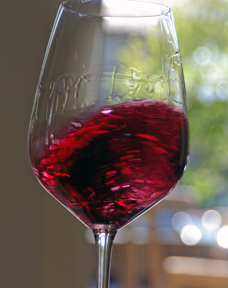
If you have plenty of time this recipe for Country Style Pork Spareribs from SCHUG Winery is one to be sure to try. The recipe calls for 1/2 cup of a dry red wine and the suggested wine to pair with this entree is SCHUG Cabernet Sauvignon. The recipe starts with grilling the spareribs and then using a slow cooker. I suggest reading the entire recipe before beginning.
Cheers and Happy Cooking!
Kathy
Country Style Pork Spareribs with Herbed Balsamic Glaze and Fresh Tomato Relish
Pair with SCHUG Cabernet Sauvignon
Ingredients:
Spareribs
- 6 country style pork spareribs about 5-6 lbs total
- Salt and pepper
Glaze
- 1 T olive oil
- 1 T butter
- 1 c onion cut into very thin 1-inch slices
- 2 T brown sugar
- Salt large pinch
- ½ c dry red wine
- ½ c balsamic vinegar
- 2 T rosemary fresh, very finely chopped
- 2 T thyme fresh, very finely chopped
- 1 T black pepper freshly ground
Relish
Directions:
1. Prepare Grill: Several hours before spareribs are to be served, turn grill on to medium-high heat, or prepare charcoal grill to medium-high heat.
2. Grill spareribs: Place spareribs on a sheet pan covered with two layers of foil. Generously salt and pepper them. Grill spareribs until very nicely browned on all sides, taking care to not let them break apart. It is not important for the meat to fully cook them, just to get them nice and browned/marked. Remove foil used for raw spareribs and put the grilled ones on the clean foil.
3. Continue cooking spareribs in a slow cooker: After grilling, place the spareribs into a slow cooker and fill with enough water to just cover them. Add a generous spoonful of salt to the water. Turn slow cooker to its “Low” setting and simmer pork for about 3 hours or until the meat is completely tender. Set aside one cup of pork broth, then carefully remove meat to a rack on a sheet pan covered with foil. Allow meat to drip dry for a few minutes. Brush glaze on all sides of spareribs and let dry for a couple minutes then brush them again. Do this several times until the ribs are a deep rich brown color.* Place the spareribs into a preheated 350 F oven, bake for about 30 minutes or until heated through.
4. Make Glaze: Prepare glaze while meat simmers. Heat the butter in a small saucepan over medium heat. Add the garlic and stir and cook for a minute or two. Add the onion slices and stir and cook several minutes or until they are translucent and soft. Reduce heat to medium-low and add the sugar. Cook onions until they are a deeper shade of brown, 6 or 7 minutes or so. Add the salt, red wine, and vinegar. Simmer glaze for several minutes or until it has reduced and thickened a little. Remove from heat, add herbs and pepper, then set aside until spareribs are tender.
5. Make relish once spareribs have been glazed and are in the oven: Heat a small sauce pan over medium heat. Add the olive oil and, when it is hot, add the minced garlic. Stir and cook the garlic for a minute or just until it is golden. Add pork broth and the rest of the glaze. Increase heat to high, then reduce to a simmer once sauce boils. Reduce liquid until it is fairly thick, allow to cool slightly, then add the tomatoes and herbs.
6. Serve recipe: Place each of the six hot spare ribs onto a serving plate and ladle a generous spoonful of the Tomato Relish over the top of each one. Add side dishes of choice to the plates and serve immediately. Makes 6 servings.
Notes
*At this point the spareribs can be put into a container, sealed and refrigerated for up to two days. Continue the recipe with reheating the spareribs.
Recipe provided by SCHUG Winery in California.
-1.5in.jpg)




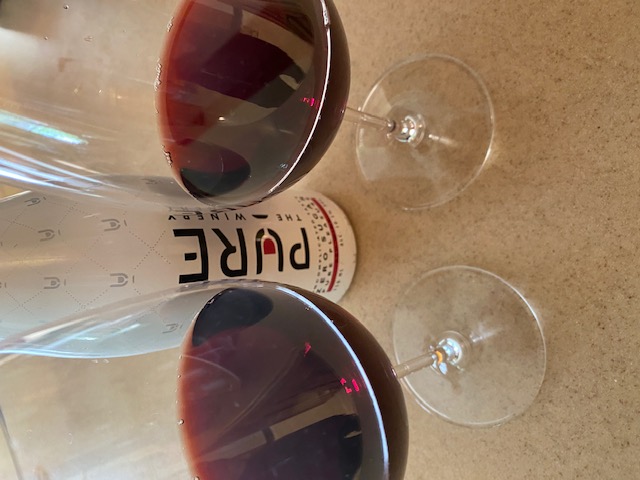
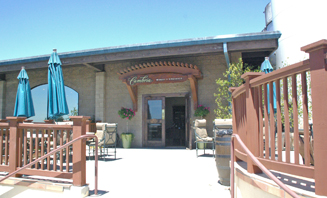
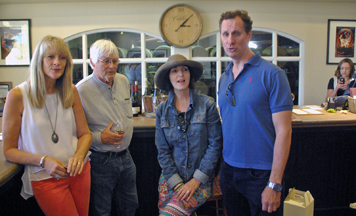
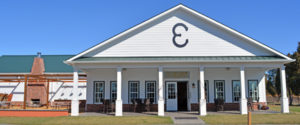
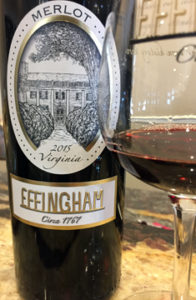
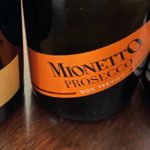
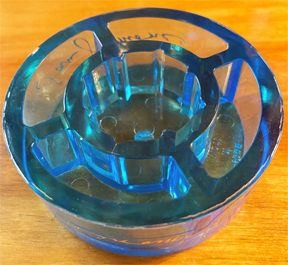
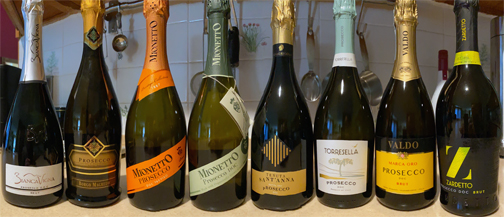
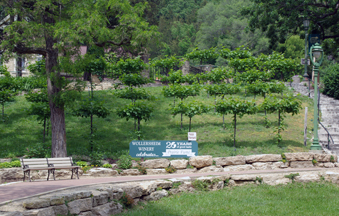
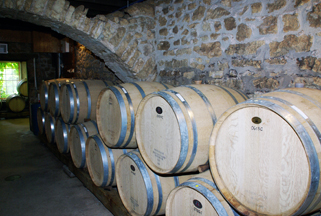
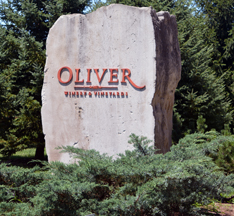
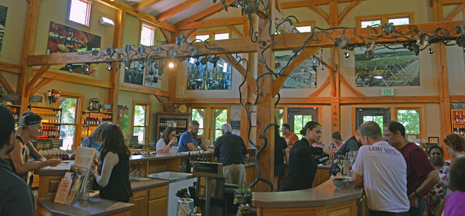
Wine Media Conference
The Wine Media Conference, formerly known as The Wine Bloggers Conference, was to be held in person in Eugene, Oregon which is in the renowned Willamette Valley. Due to the pandemic, the wine conference for 2020 was postponed until 2021. In its place there were a series of sessions. Terry and I attended three of the online sessions which took place last week.
The first session we attended was “Wineries, Wine Writers and the Pandemic.” The presenters included Craig Camp from Troon Vineyard, Meaghan Frank from Dr. Konstantin Frank Winery in the Finger Lakes, Leah Derton at William Chris Vineyards in Texas and Joy Sterling from Iron Horse Vineyards. The moderator was Fred Swan, a wine writer.
Each winery representative talked about the challenges the pandemic has been for wineries and explained enthusiastically what their specific winery is doing to cope with COVID-19. Tasting experiences have changed a great deal; but everyone was enthusiastic about the positive steps their wineries are taking in order to make visiting welcoming and safe. Safety for visitors and staff was mentioned throughout the session. Some of the wineries are doing virtual wine tastings. William Chris Winery offers picnic packs. At Troon Vineyard one staff member is assigned to visitors throughout their visit. Craig noted that their customers are supporting their efforts to stay open and safe. At Dr. Konstantin Frank Winery, they are focusing on tastings based on themes. Meaghan also mentioned the Cornell Experiment Station when discussing the winery’s new tasting experiences.
The second session we attended was “Reporting Techniques for Better Wine Writing” by W. Blake Gray. There were 242 people who attended this online presentation.
Gray began by stating that if you are blogger, you are a journalist. During his presentation, he noted the importance of asking questions. He also commented that “facts are interesting.” Gray believes that talking with winemakers and winery owners is important and that a good question to ask is “What is your philosophy of winemaking?” Gray helpfully provided resources for wine writers including California Grape Acreage Report. California Grape Crush report. Wine Institute. COL search online and OIV.int/en.
The final session we attended was “Easy Wine Photography – Tips to Getting Great Wine Shots Every Time by Christina Peters. Much of the presentation by Peters was an emphasis on how to deal with the reflections on bottles of wine. She noted that reflections vary not only by the location of the bottle of wine but whether the wine is red or white.
She also strongly suggested that when photographing a plate of food with wine, pour the wine into a stemless glass.
These were just three of the many sessions offered this year. The wine media conference offered informative sessions to wine media.
Cheers, Kathy and Terry